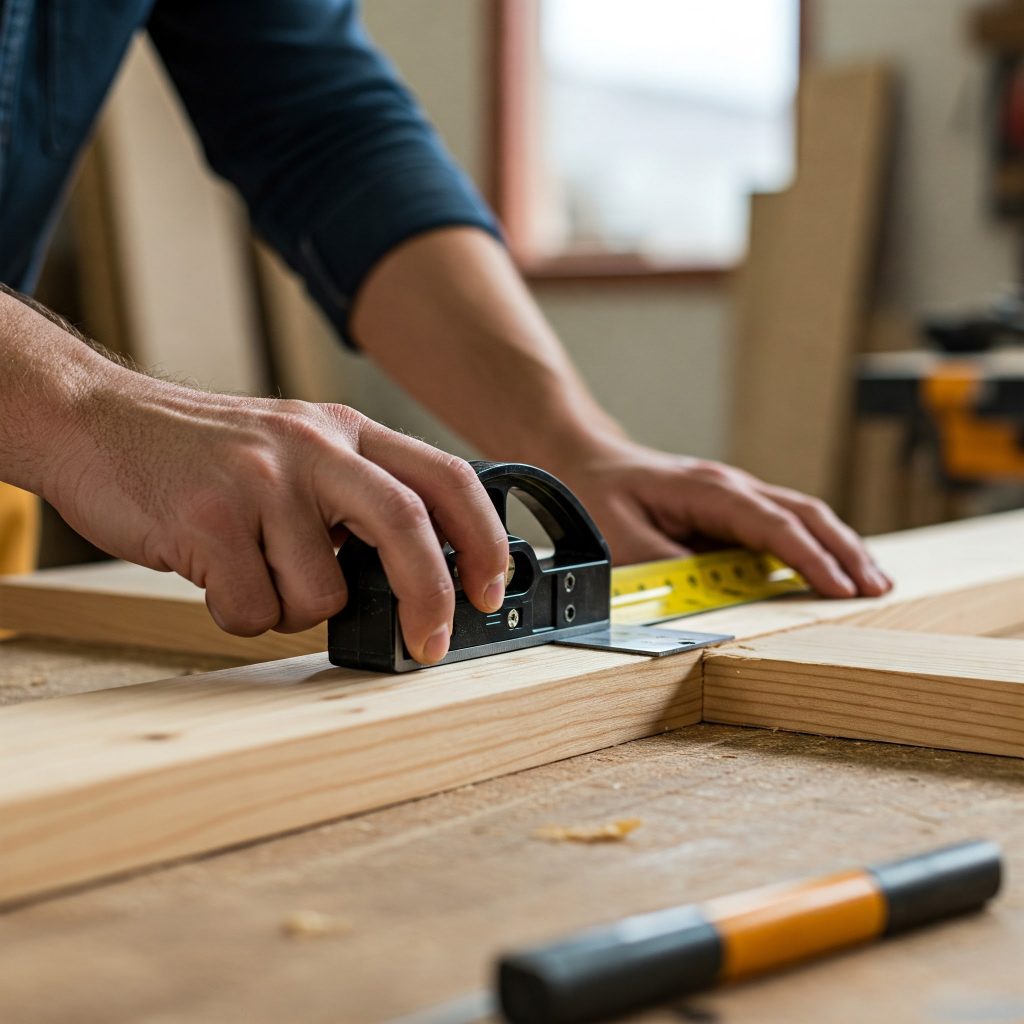
If you’ve ever ventured into the world of hardwood lumber, whether for a woodworking project or home improvement, you’ve likely encountered the term “board foot.” At first glance, it might seem like a confusing unit of measurement, but it’s actually a straightforward and practical way to quantify lumber. In this blog post, we’ll break down what a board foot is, how to calculate it, and why it’s so important when buying hardwood.
What is a Board Foot?
A board foot is a unit of measurement used to describe the volume of hardwood lumber. It represents a piece of wood that is 1 foot long, 1 foot wide, and 1 inch thick (or its equivalent). In other words:
1 board foot = 12 inches x 12 inches x 1 inch = 144 cubic inches
This measurement allows buyers and sellers to standardize the way lumber is priced and sold, regardless of the board’s dimensions. Whether you’re buying a single board or a stack of lumber, the board foot system ensures fairness and consistency.
Why Use Board Feet?
Hardwood lumber comes in all shapes and sizes—some boards are long and narrow, while others are short and wide. Pricing lumber by the board foot (rather than by the piece) makes it easier to compare costs and quantities, no matter the dimensions of the boards. It also accounts for the fact that thicker or wider boards require more raw material to produce.
How to Calculate Board Feet
Calculating board feet is simple once you understand the formula. Here’s how it works:
Board Feet = (Length (in feet) x Width (in inches) x Thickness (in inches)) ÷ 12
Let’s break this down with an example:
- Example 1: You have a board that is 8 feet long, 6 inches wide, and 1 inch thick.
- Board Feet = (8 x 6 x 1) ÷ 12 = 48 ÷ 12 = 4 board feet
- Example 2: You have a thicker board that is 6 feet long, 8 inches wide, and 2 inches thick.
- Board Feet = (6 x 8 x 2) ÷ 12 = 96 ÷ 12 = 8 board feet
Notice that the thickness is included in the calculation. This is why thicker boards (like 8/4 or 2-inch lumber) cost more—they contain more material.
Practical Tips for Buying Lumber by the Board Foot
- Know Your Project Needs: Before heading to the lumberyard, calculate how many board feet you’ll need for your project. This will help you budget and avoid overbuying.
- Account for Waste: Hardwood lumber often has defects like knots, cracks, or warping. It’s a good idea to buy 10-20% more than your calculated board footage to account for waste and mistakes.
- Understand Rough vs. Finished Lumber: Remember that rough-sawn lumber is thicker than surfaced (planed) lumber. If you need a finished thickness of 1 inch, you’ll likely start with 5/4 rough-sawn lumber, which is 1.25 inches thick.
- Ask for Help: If you’re unsure how to calculate board feet or how much lumber you need, don’t hesitate to ask the staff at the lumberyard. They’re usually happy to help!
How Board Feet Affect Pricing
Hardwood lumber is typically priced per board foot, and the cost varies depending on the species, grade, and market conditions. For example:
- Common species like oak or maple might cost 3–3–6 per board foot.
- Exotic species like mahogany or walnut can cost 8–8–15 or more per board foot.
Since thicker and wider boards contain more material, they’ll cost more per piece but not necessarily per board foot. Always compare prices based on board feet to ensure you’re getting a fair deal.
Common Misconceptions About Board Feet
- Board Feet vs. Linear Feet: Board feet measure volume, while linear feet measure length. A 10-foot board that’s 6 inches wide and 1 inch thick is 5 board feet, but it’s still 10 linear feet long.
- Board Feet and Thickness: Thicker boards (like 8/4 or 2-inch lumber) have more board feet than thinner boards of the same length and width. Don’t forget to factor in thickness when calculating board feet.
- Board Feet and Waste: The board foot calculation assumes perfect, defect-free lumber. In reality, you’ll need to account for waste, so always buy a little extra.
Why Board Feet Matter for Woodworkers
For woodworkers, understanding board feet is essential for:
- Budgeting: Knowing how to calculate board feet helps you estimate the cost of a project before you start.
- Planning: It ensures you buy the right amount of lumber, minimizing waste and saving money.
- Comparing Prices: Board feet allow you to compare prices across different species, grades, and suppliers.
Final Thoughts
The concept of a board foot might seem intimidating at first, but it’s a simple and effective way to measure and price hardwood lumber. Once you understand how to calculate board feet, you’ll be able to shop for lumber with confidence, plan your projects more accurately, and make the most of your woodworking budget.
So the next time you’re at the lumberyard and hear someone say, “That’s $4 per board foot,” you’ll know exactly what they mean—and you’ll be ready to tackle your next project like a pro!

Leave a Reply